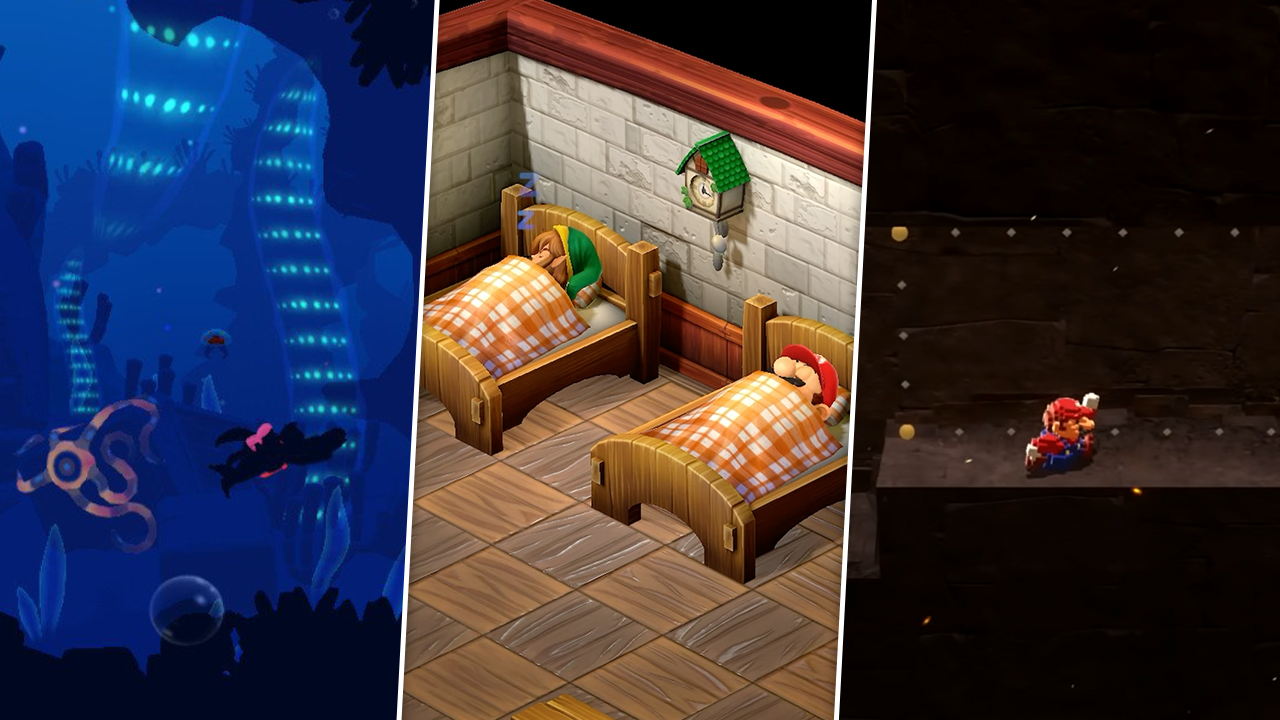
Overview
Metroid Prime was released in 2002 and marked a significant departure from the 2D side-scrolling gameplay of previous Metroid titles. Developed by Retro Studios, Metroid Prime successfully maintained the core elements of exploration, isolation, and discovery that define the franchise, while introducing new mechanics and a first-person perspective that added depth and immersion to the experience. With its intricate level design, engrossing lore, and hauntingly beautiful soundtrack, Metroid Prime stands as a testament to the potential of the series in the world of 3D gaming.
Throughout the game, players explored the mysterious planet of Tallon IV, home to a wide variety of environments, each with their own unique challenges and secrets. From the fiery depths of the Magmoor Caverns to the ancient ruins of the Chozo civilization, each level felt distinct and brimming with atmosphere. My personal favorite was the Phendrana Drifts, a sprawling, icy wonderland that combined stunning visuals with atmospheric music and challenging platforming sections.
Metroid Prime is also renowned for its memorable boss battles, which tested players' skills and forced them to adapt to new strategies. Among the many epic encounters, the battle against the hulking Thardus in the Phendrana Drifts stands out as a particularly thrilling experience. This massive, sentient rock monster required players to navigate its weak points using the Thermal Visor and exploit elemental weaknesses to emerge victorious. Another notable boss fight was against Meta Ridley, the cybernetically-enhanced version of Samus's archenemy, which served as a climactic and fitting conclusion to the game's story.

Warp Pipe Weekly
A weekly recap of all things Nintendo
By submitting your email, you agree to our Terms of Service and Privacy Notice. You can opt out at any time.
By submitting your email, you agree to our Terms of Service and Privacy Notice. You can opt out at any time.

Power Suit & Upgrades
As with any Metroid game, suit upgrades played a crucial role in Metroid Prime, offering players new abilities and tools to overcome obstacles and delve deeper into the world of Tallon IV. Here are my top three suit upgrades from the game:
Space Jump Boots: These boots allowed Samus to perform a double jump, greatly enhancing her mobility and enabling her to reach previously inaccessible areas. The Space Jump Boots opened up new possibilities for exploration and made traversing the game's environments even more enjoyable.
Wave Beam: This powerful weapon fired three electrical energy waves that could home in on enemies and pass through walls, making it indispensable for dealing with foes hiding in hard-to-reach places. The Wave Beam also had the added benefit of activating certain devices, further expanding the areas available for exploration.
Grapple Beam: The Grapple Beam was a versatile tool that allowed Samus to latch onto special grapple points and swing across gaps or reach higher platforms. This upgrade added a new dimension to the platforming gameplay and allowed for creative problem-solving when navigating the game's complex environments.
As we look back on Metroid Prime, it's hard not to appreciate how the game set the stage for the rest of the Prime series and influenced future entries in the Metroid franchise. Its success demonstrated that the Metroid formula could be adapted and expanded upon without losing its core identity. To this day, Metroid Prime stands as a shining example of innovation, immersion, and masterful game design.








